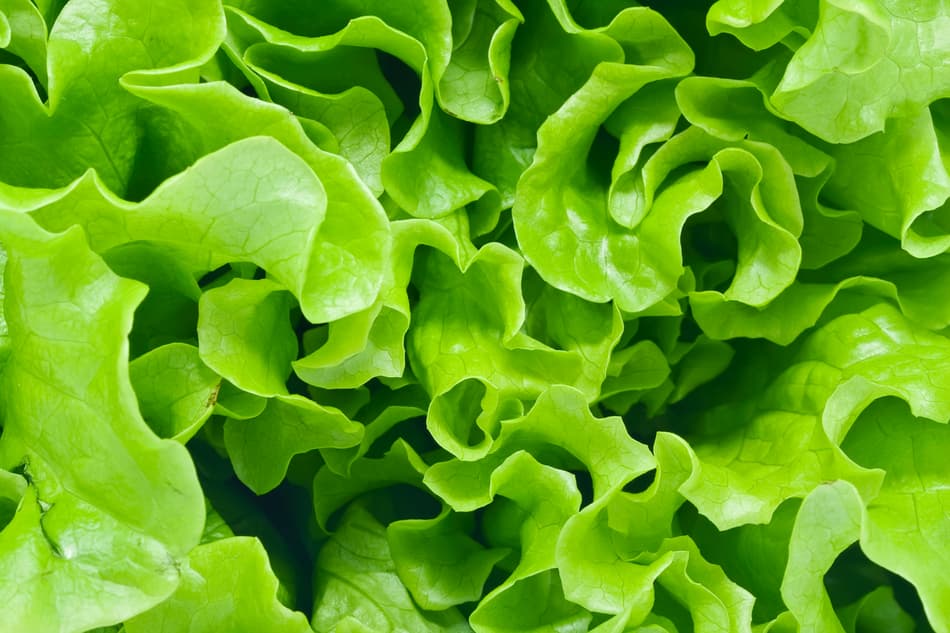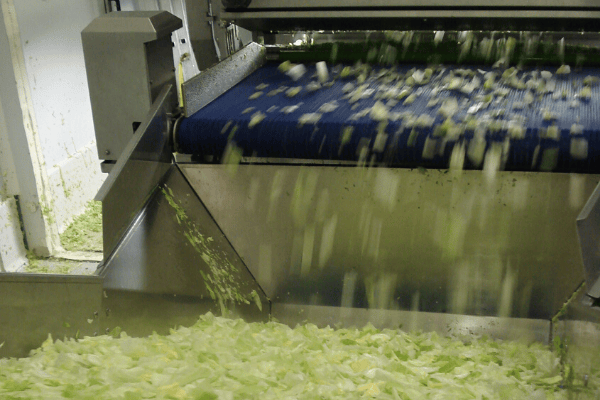Get in touch
Our automation works smarter, wastes less, and optimizes your lines to ensure quality is consistent and potential recalls are a thing of the past.
Speak with us to learn how you can make Every Resource Count!™
With the demand for fresh, convenient and healthy food growing among consumers, leafy greens are the order of the day. From fresh cut to pre-washed and pre-packaged products, this is a rapidly growing market with significant potential.
However, with the market becoming increasingly competitive, and consumers ever more discerning, the pressure is on leafy green producers to deliver superior quality because, among retailers and consumers, there is zero tolerance towards foreign bodies and other quality-compromising defects.
Undoubtedly, optical sorting presents a unique opportunity for key players in the food industry to improve quality, increase yield and reduce waste – but what can this innovative technology do for leafy greens?

Quality remains a key priority for leafy green producers who are acutely aware of the widespread impact undetected foreign material and other contaminants can have on public health and safety.
In response to several E. coli outbreaks attributed to the consumption of leafy greens in 2018, five major U.S. food companies joined forces to encourage efforts on improving prevention and traceability. An integrated food safety approach like this highlights the importance of implementing best practices to ensure safe produce.
Not only does sub-quality produce pose a risk to public health, it also presents a significant threat to a brand and its reputation. Indeed, leafy green producers are particularly at risk when it comes to customer claims and product recalls.
While large rodents are easier to spot, smaller insects and frogs are more difficult to detect; indeed, they can unfortunately make their way into the finished product making headlines that can irreparably tarnish a brand – incidents like these are bad for business and the market has certainly become less forgiving. Thankfully, optical sorting provides the most efficient means of safeguarding your produce against such scenarios:

Not only does optical sorting maintain superior quality, it opens up new possibilities to increase yield and reduce waste. With multiple streams, product typically sent to the waste bin can be reworked to increase output, while sorting before and after washing also opens up additional possibilities.
The growing demand for traceability also strengthens the case for producers to invest in future-focused technology that is equipped to respond to the changing landscape of food safety. The ability to be able to track statistics, quality and data will become increasingly important as traceability becomes a greater focus across the food supply chain.
The bottom line is that, for leafy greens, the spectrum of quality control is vast. From foreign material, to secondary (and subtle) quality defects like leaf discolorations and insect damage, right through to microbial contamination – optical sorting responds to harvest demands by ensuring produce meets quality specifications and is safe to consume.
